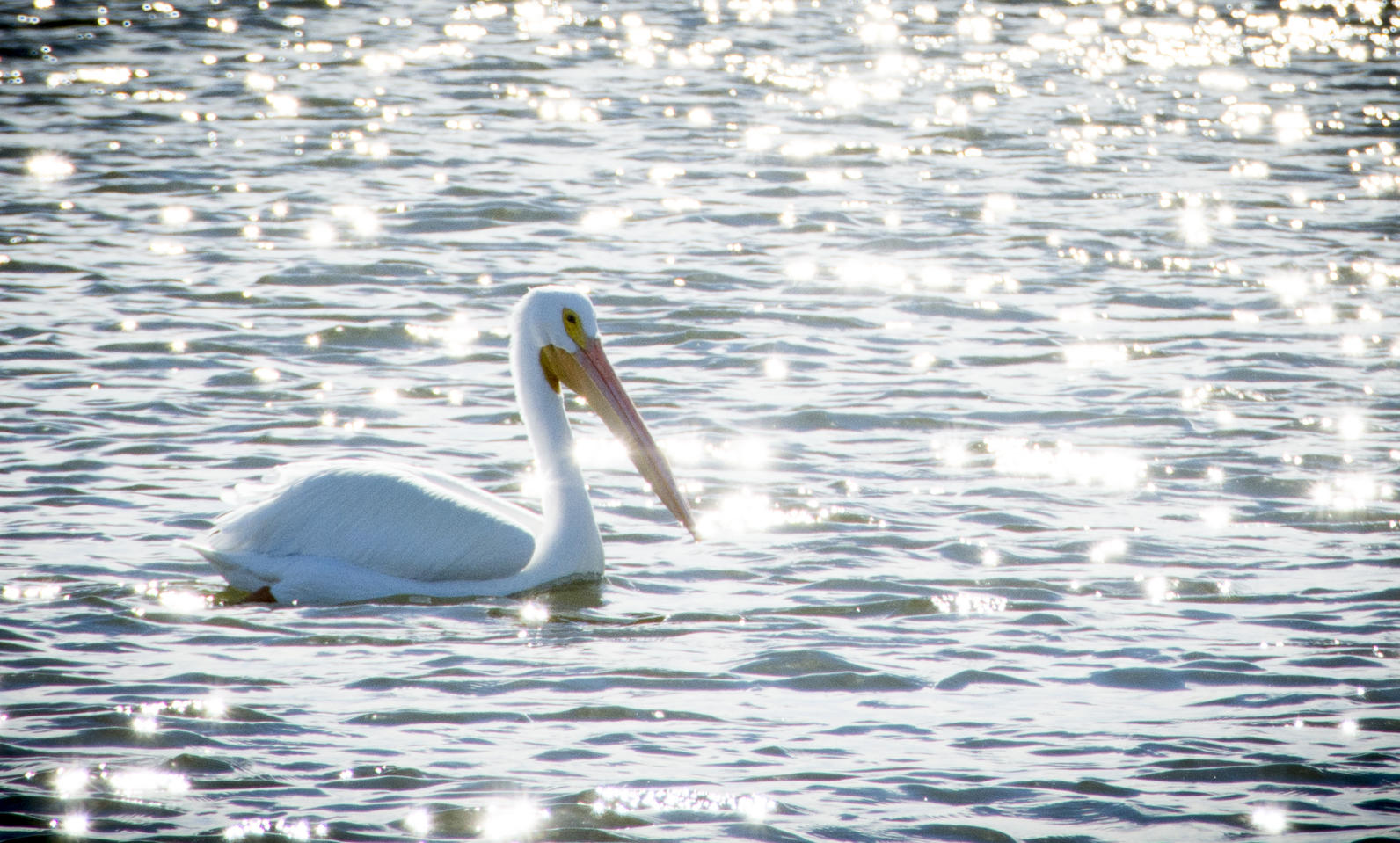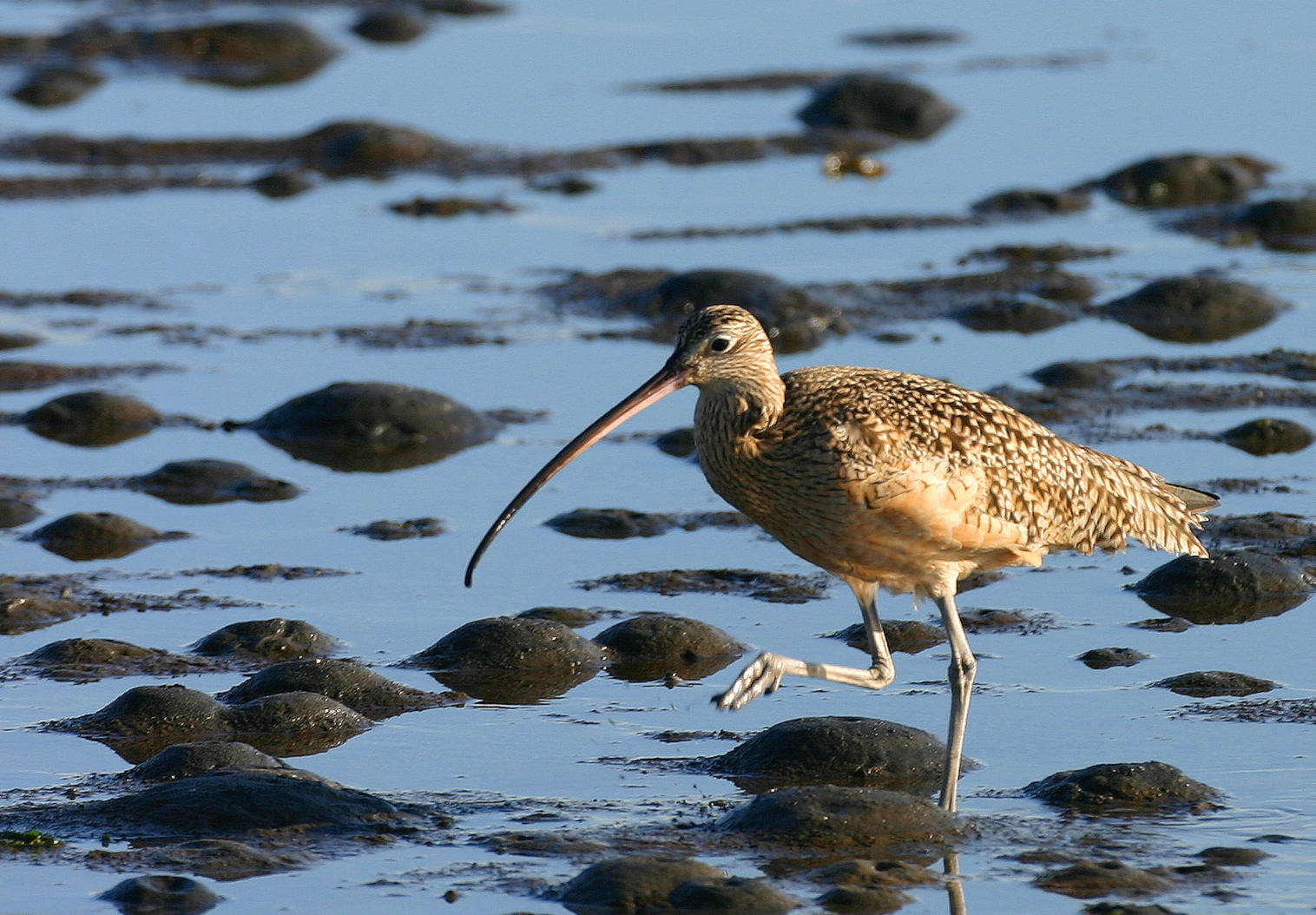
Over the last few weeks, we’ve extolled the many benefits of Proposition 68 for Californians. The measure will provide much needed funding for clean water programs, parks in places where we need them the most, and funding for climate change preparedness and natural resources protection. What we haven’t done thus far, is focus on what the measure will do for California’s birds. Let’s take that opportunity now, because those benefits are many:
1. Parks = habitat
We could probably create an entire Top 10 list about the benefits to birds of investing more than $2 billion on parks. Creating thousands of acres of greenspace throughout the state is going to have transformative benefits for a wide suite of birds, especially by improving habitat in urban areas and along our crowded coastline. But the benefits go beyond immediate habitat needs. Giving millions of Californians better access to positive experiences in nature will help create more of an interest in protecting our state’s many natural treasures.

2. Rivers and waterways
The bond also contains millions for improvements to rivers and waterways throughout California. This will have immense benefits for a variety of riparian songbirds such as Yellow Warblers, raptors such as Red-tailed Hawks, and shorebirds such as American Avocets that have suffered greatly under the drought and the general degradation of these ecosystems.
3. Funding for vital state conservancies
The bond includes nearly $200 million for state conservancies, which manage the protection of some of California’s most important bird habitat, from south to north and from the coast to the mountains.. Without conservancies like the, Sierra Nevada Conservancy, Santa Monica Mountain Conservancy, and Coastal Conservancy, California birds would face a dire future.
4. Wildlife Conservation Board
The measure also includes more than $100 million for the Wildlife Conservation Board, which provide targeted grants for restoration and land acquisition throughout the state. This has been a major resource for the protection of bird habitat in the past – one that Audubon California has tapped for extensive protection in the South Fork Kern River area, in particular.

5. Salton Sea restoration
The Salton Sea’s decline over the last 15 years has had a terrible effect on bird habitat in this area, one of the most important stopovers for migratory birds in the Pacific Flyway. Recent numbers show harrowing declines in the numbers of fish-eating birds, as the lake’s increasing salinity kills off the fish that birds need for food. The $200 million earmarked in Prop 68 for the Salton Sea will help fund important habitat projects that will ensure a future for the many species of birds that depend on the sea – such as American White Pelicans, Eared Grebes, and Double-crested Cormorants – while also protecting human health in nearby communities by reducing toxic dust from the exposed shoreline of the shrinking sea.
6. Marine and coastal birds
Proposition 68 also includes $175 million for the protection of coastal and ocean resources. Marine birds are among our most imperiled and coastal habitats are suffering from human activity and climate change.. This money would fund restoration, protection, and research to conserve our marine environment for fish, birds and other wildlife for years to come.
7. Climate preparedness
Proposition 68 includes over $440 million for projects to help California adapt to climate change. Of particular importance for Audubon is ensuring remaining important habitat areas across the state can be connected through wildlife corridors and careful planning, allowing birds and other wildlife to shift their ranges as our state’s climate changes. This funding will also help farmers improve climate resiliency and protect natural working lands, which we know are essential to maintaining healthy populations of many bird species like the Swainon’s Hawk, Burrowing Owl, and Long-billed Curlew.

8. Water for birds
The second largest spending area under Prop. 68, $1.27 billion, is for clean water and water conservation programs. There are many opportunities for birds and habitat in this category. For instance, $300 million will be set aside for multi-benefit flood projects, which can provide habitat in groundwater recharge basins and direct additional water to wetland refuges. Substantial funding will also be set aside for groundwater restoration and water recycling, which are important resources for refuges and other habitat areas needing water.
9. California Conservation Corps.
The Conservation Corps. deploys on a variety of conservation projects throughout the state and at least some of the $40 million devoted to this agency in the bond will result in the restoration of habitats for birds and other wildlife. Moreover, the California Conservation Corps. is an excellent training ground for young people going into the conservation field, meaning that this funding results in a new generation of conservation experts which will help birds well into the future.
10. San Joaquin River watershed
Lastly, Prop. 68 also includes $200 million in funding for voluntary agreements between the California Natural Resources Agency and private landowners to ensure adequate flows for multi-benefit projects in the lower San Joaquin River watershed and other areas. The idea behind this program is to provide sufficient water for environmental needs while ensuring adequate water for agricultural use. While this program largely exists to benefit endangered fish, the benefits to birds in these areas are numerous.
By Garrison Frost
Let us know you're a YES vote on Prop 68
Audubon California is backing Prop 68 because it will make important investments in clean water, parks, and natural resources. Great for birds -- and people. Let us know you're with us!




